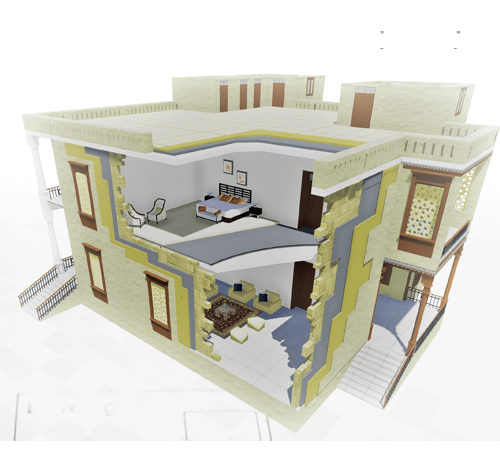Update your browser to view this website correctly.
One of today’s greatest challenges is to manage and meet the “growing demand for secure, affordable energy while addressing climate change and other environmental and social issues” due to the rising population and increase in economic growth. Although the global energy demand is expected to increase by 41% between 2012 and 2035, the real challenge lies in how to minimize the level of carbon emissions, as it is expected to increase by 29% during this period. In December 2015, 195 countries worked together to set out the first-ever global action plan to limit the level of carbon emissions and put an agreement in place to limit global warming to well below 2˚C. This event clearly highlights that the increasing carbon emissions have become a global threat and that every country needs to play its part in reducing the level of carbon emissions and other greenhouse gas emissions. Increasing the efficient use of energy in the built environment can help towards this goal because buildings account for 40 % of the global energy consumption and 36% of the total energy-related carbon emissions. A typical building mainly use energy to keep the interior environment comfortable, i.e., for heating, cooling, and ventilation. Currently, cooling of buildings account for 70 % of the peak electricity load in the Middle East. A vast amount of this percentage is due to the energy losses through the envelope as explained below and measures need to be taken to try reduce this loss.

Building’s envelope, especially walls, contributes to as much as 45% of the energy required in buildings. Good thermal insulation for the envelope is crucial to prevent heat from seeping in through the exterior of the building. In the Middle East particularly when a lot of energy is consumed for cooling of buildings, the use of good insulation can be very beneficial as it keeps the warm air sealed out and the cool air sealed within the buildings. Moreover, cooling energy needed for a building is always larger than the heating energy needed to warm it, because the efficiency of air conditioners is less than central heating systems. Also, objects and appliances within living spaces naturally emit heat.
